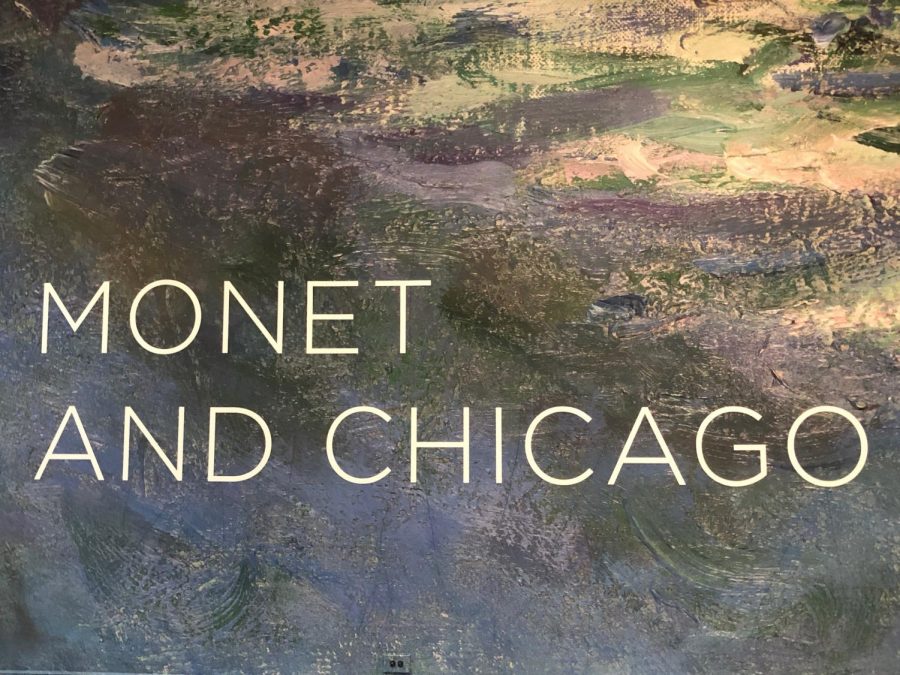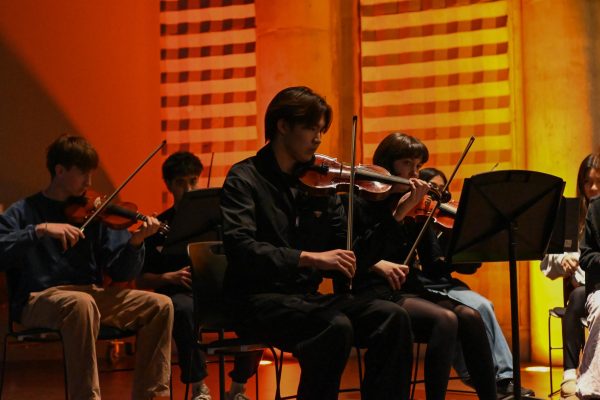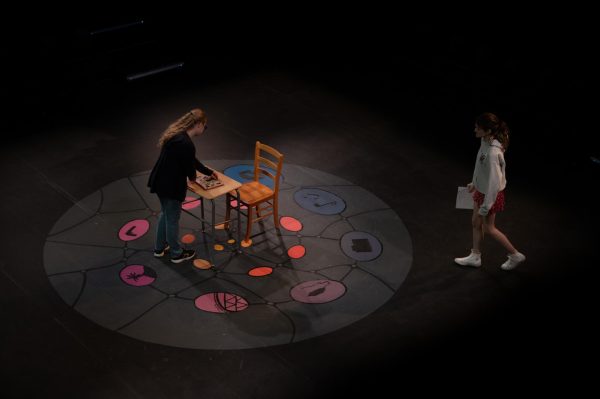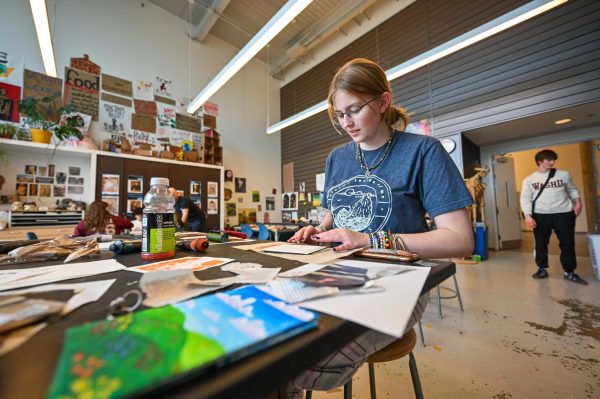‘Monet and Chicago’: A surprising, worthwhile exhibit for all
Art Institute of Chicago
The new Monet exhibit at the Art Institute of Chicago will remain open until January.
On a recent excursion to the Art Institute of Chicago, I explored beloved paintings like Grant Wood’s “American Gothic,” Pablo Picasso’s “The Old Guitarist” and George Seurat’s “A Sunday Afternoon on the Island of La Grande Jatte.”
While the Art Institute is always a worthwhile experience, the special exhibits are all appetizers for the real reason I’m here. By the time I finally receive a buzz on my phone telling me I had arrived at the front of the virtual line, I am ready for the main course: the special exhibit “Monet and Chicago.” Visitors from throughout the nation wander through the Institute’s vast collection of artwork by French painter Claude Monet.
The Art Institute of Chicago presents a new exhibit, “Monet and Chicago,” displaying 46 of his most beloved paintings and earlier sketches through Jan. 18, 2021. Tickets cost $7 per person plus the Art Institute’s standard admission fees — free for Chicago teens 14-17, otherwise $14-25. Members have free access to the Institute and all of its exhibits.
Since 1888, when Monet’s first painting was displayed in Chicago, the Art Institute has been building its collection of his priceless impressionist paintings. Known for his paintings “Stacks of Wheat,” and “The Water Lily Pond” (both featured in the current exhibition), the French painter has dazzled Chicago with his artwork.
The exhibition comes 130 years after a key exhibit that sparked interest into the eyes of the Institute, and got curators looking for more of his paintings. “Why go to Paris since Paris has come to Chicago?” the Chicago Tribune said in 1888 in reference to the first Monet exhibit.
As the years went on, the Institute has created a strong bond with the painter and his paintings. Since then the Institute has held numerous Monet exhibitions, each with a larger collection.
The 46 works included in the exhibit from throughout Monet’s career create an awe-inspiring experience. I had seen many of these paintings in books, but when I saw them in person, it confirmed Monet’s amazing painting skill. The display seemed familiar, yet I felt as if the paintings were genuine and not simply stamped on a postcard, printed in a book or stitched onto a tote bag.
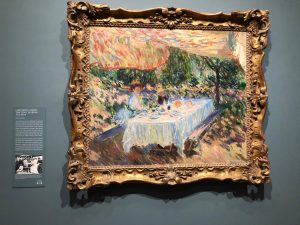
Though his classic works highlight the exhibit, the Art Institute also has collected caricature drawings (over-exaggerated drawings of people) from his early career. This gives the viewer a window into who Monet was as an artist while simultaneously showing off his roots and what kind of art he came from.
Of course the exhibit has been constructed with the pandemic restrictions in mind, including a new virtual line that limits people within the exhibit. A text message will indicate you are allowed to go inside and explore Monet’s artwork. Since the exhibit is so popular, it generally takes groups at least 40 minutes to reach the front of the line. The virtual line also gives visitors the opportunity to explore other parts of the museum.
The Art Institute has also partnered with facilities around Chicago to show off Monet’s inspirations for his paintings. The Garfield Park Conservatory has made a large display of all the kinds of flowers that were featured in Monet’s paintings; and for more mature visitors, restaurants near the museum have started serving Monet-themed cocktails along Michigan Avenue.
Since the 1880s, Monet has been very special to Chicago. Though art may not be everyone’s interest, it’s part of the city’s culture and is important to experience firsthand. When you see the canvases hanging on the gallery wall, you walk through the life of a dedicated and influential French painter — someone whose work will surprise you, too.




















































